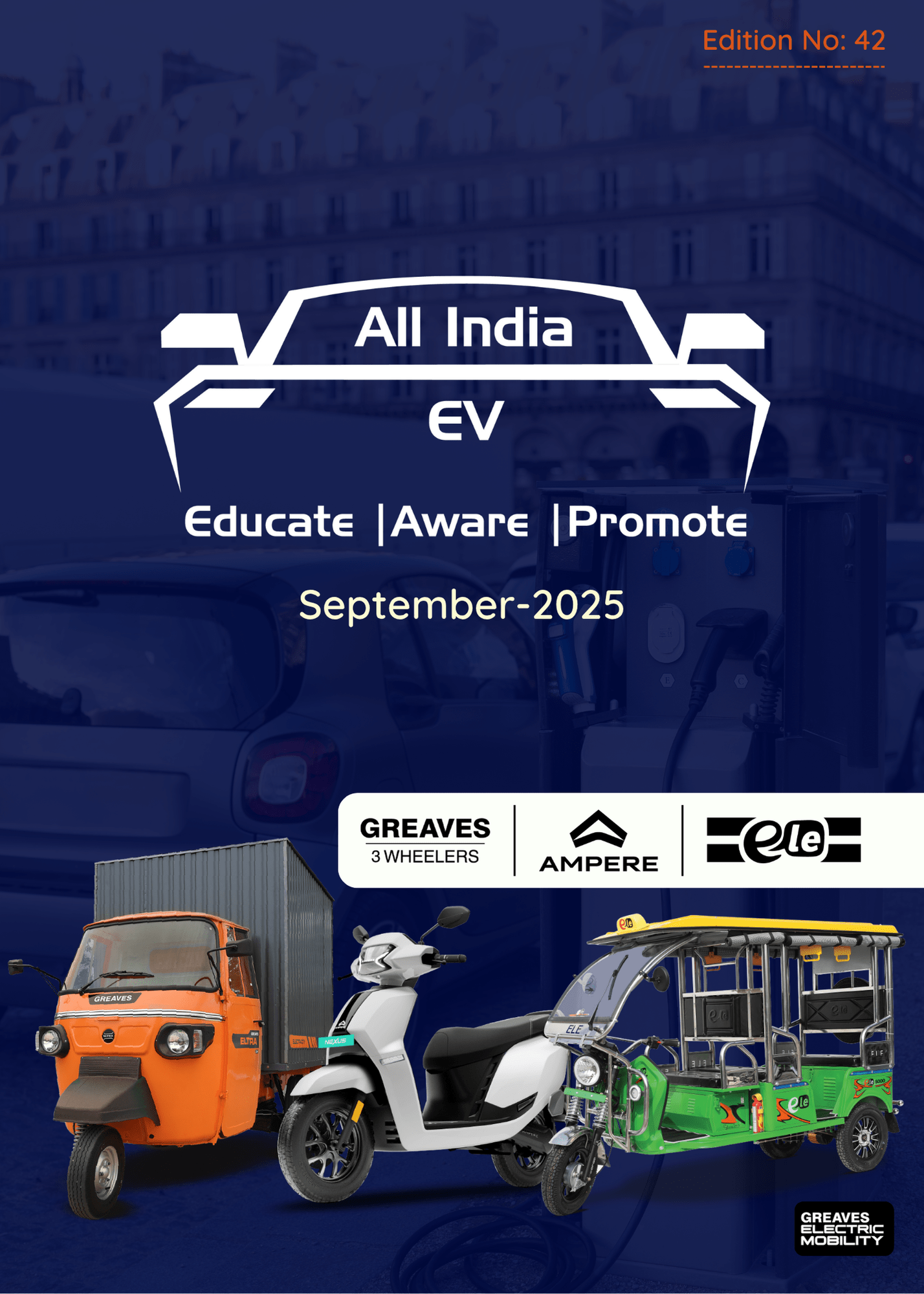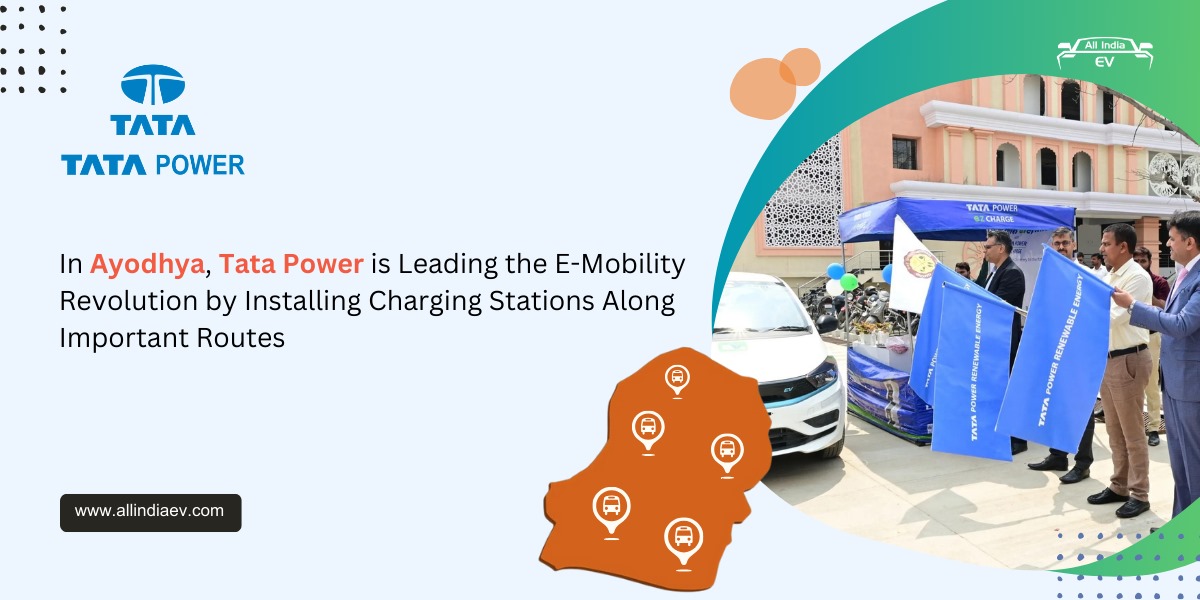
Leasing Dominates India’s Commercial EV Market as Fleet Operators Avoid High Costs, Battery Risks & Infra Gaps vs ICE Purchases
- EV vs ICE: A Shift in Ownership Models
- Why Leasing Makes Sense for EV Fleets
- The EV Fleet Value Chain: More Complex Than ICE
- Battery Economics: Volatile and Risky
- Utilization and Infrastructure: Weak Links in EV Economics
- The Real Risk: Ownership vs. Leasing
- SMEs Bear the Brunt
- Financing Woes and Sector Vulnerabilities
- OEMs Step Up with Innovative Leasing
- Conclusion: Leasing Will Lead Until Risks Recede
Leasing is fast becoming the backbone of India’s commercial EV sector, driven by high upfront costs, battery life uncertainties, and infrastructure limitations—challenges that are less pronounced in the ICE (Internal Combustion Engine) vehicle space, where outright purchase still rules.
EV vs ICE: A Shift in Ownership Models
- 91.5% of ICE vehicles in India’s corporate fleet in 2020 were outright purchases, with only 8.5% leased.
- In contrast, about 50% of commercial EV fleet operators prefer leasing, especially for electric 3-wheelers, 4-wheelers, and buses (Redseer Strategy Consultants).
Why Leasing Makes Sense for EV Fleets
While buying may be more economical over 3–5 years, leasing offers advantages in cash flow, fleet flexibility, and lower administrative burden. However, these alone don’t explain the leasing preference in EV fleets. A deeper look at the commercial EV value chain reveals the full picture.
The EV Fleet Value Chain: More Complex Than ICE
Fleet operators—servicing last-mile delivery and ride-hailing needs for platforms like Zepto or Swiggy—acquire vehicles from OEMs such as Mahindra Electric. Unlike ICE vehicles, EVs come with significant uncertainties, especially around battery life, resale value, and maintenance.
- EV ownership entails higher risk due to unpredictable battery degradation and the nascent charging ecosystem.
- High capex requirements and uncertain residual values make fleet operators wary of full ownership.
Battery Economics: Volatile and Risky
- Lithium carbonate prices spiked to $80,000/tonne in 2022, before plunging to $13,000 in 2024, highlighting volatile input costs.
- EV maintenance remains costlier, especially with limited trained EV mechanics in India. A Bangalore fleet operator noted longer downtimes and higher costs compared to diesel vans.
Utilization and Infrastructure: Weak Links in EV Economics
- Despite lower per-kilometre running costs, EVs suffer from unpredictable utilization due to infrastructure gaps.
- Pune’s PMPML reported 9,582 e-bus breakdowns in 2024, a 45% rise over 2023, largely caused by battery and air conditioning failures amid heavy traffic (Times of India).
- Slow charging and inadequate public infrastructure lead to fleet disruptions and lost revenue (ET Auto).
The Real Risk: Ownership vs. Leasing
- EVs bring risks ICE vehicles don’t, including:
- Technological obsolescence
- Uncertain battery life
- Downtime-related revenue losses
- Low resale confidence
- Technological obsolescence
Even with government subsidies like FAME II disbursing ₹5,228 crore for over 11.53 lakh EVs by December 2023 (Hindustan Times), battery replacement and resale risks remain unresolved.
SMEs Bear the Brunt
- Most fleet operators in India are SMEs, unlike capital-rich OEMs or tech platforms. They struggle with high EV capex and long-term risk exposure.
- A small school bus operator opting for EVs faces unpredictable cost cycles, unlike with diesel.
Financing Woes and Sector Vulnerabilities
- Financial institutions lack robust underwriting tools to assess EV-specific risks.
- The BluSmart collapse, leaving 1,500–2,000 financed EVs stranded, illustrates the sector’s fragility (Times of India).
- While efforts from SIDBI, Revfin, and others are improving access, the financial sector is still learning to price EV risk accurately.
OEMs Step Up with Innovative Leasing
- Mahindra, among others, has absorbed key EV-related risks, launching affordable leasing models for electric 3-wheelers and passing on government subsidies directly to operators.
- Collaborations with NBFCs and insurers have created leasing contracts that cover battery health and replacement, shielding lessees from major risks.
Conclusion: Leasing Will Lead Until Risks Recede
As long as EV-related risks remain high and unevenly distributed, leasing will continue to dominate India’s commercial EV sector. For now, it remains the most practical solution for operators navigating the uncertainties of an evolving ecosystem.










